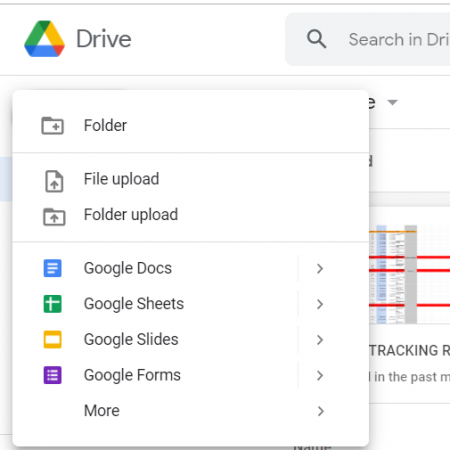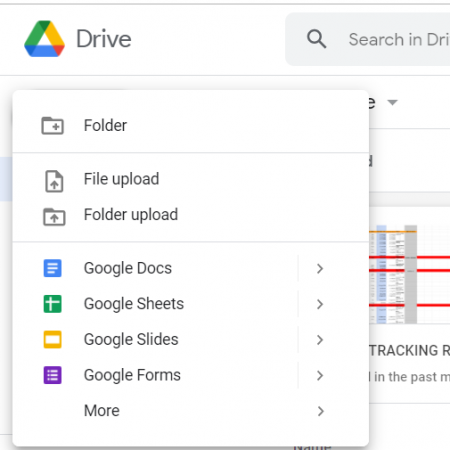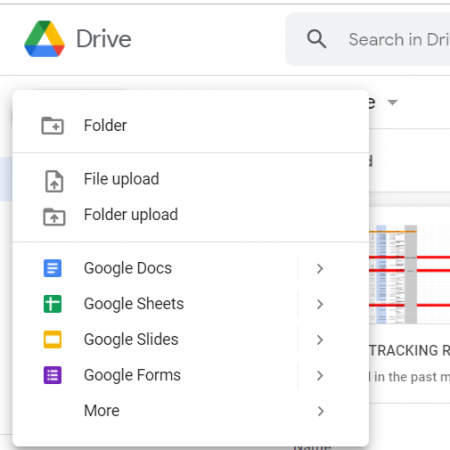5 Steps to Convert Excel Files to Google Sheets

The Shift to Cloud-Based Solutions

In today's digital landscape, businesses and individuals are increasingly embracing cloud-based solutions for their versatility and accessibility. Among these, Google Sheets stands out as a powerful tool for real-time collaboration and ease of data management. If you're one of the many who still use Microsoft Excel for your data needs, you might wonder how you can leverage the features of Google Sheets. Here's a comprehensive guide on how to convert your Excel files to Google Sheets in just 5 steps.
Step 1: Access Google Drive

To begin the conversion, the first step is to log into your Google account and navigate to Google Drive. Here's how:
- Open your web browser and visit Google Drive.
- Sign in with your Google account credentials if you're not already logged in.
Step 2: Upload Your Excel File

Once you're in Google Drive, you need to upload your Excel file:
- Click on the "New" button in the top left corner of the Drive interface.
- Select "File upload" from the dropdown menu.
- Navigate to the location where your Excel file is saved on your computer and select it for upload.
Step 3: Convert to Google Sheets

Upon uploading, Google Drive will attempt to convert the file automatically:
- Once the upload is complete, right-click on the uploaded file.
- Hover over the "Open with" option, then click on "Google Sheets".
Step 4: Save as Google Sheets

Now, you'll see your Excel file opened in Google Sheets. To ensure it's converted:
- Go to the menu bar and click "File".
- Choose "Save as Google Sheets".
Step 5: Manage Your Google Sheets Document

After converting your file, you have several options:
- You can keep the original Excel file, which will be linked to the Google Sheets version.
- You can delete the Excel file to save space, but remember to check the conversion quality first.
- If you want to share the document, click on the "Share" button in the top right corner to invite collaborators or set sharing settings.
Here's a summary table for quick reference:
| Step | Description |
|---|---|
| Step 1 | Access Google Drive |
| Step 2 | Upload Excel File |
| Step 3 | Convert to Google Sheets |
| Step 4 | Save as Google Sheets |
| Step 5 | Manage Document |

🎯 Note: Ensure your Excel file size does not exceed the 50MB limit for uploads on Google Drive. Larger files can be split or compressed for upload.
By following these steps, you can easily transition your Excel documents into Google Sheets, benefiting from real-time collaboration, automatic saving, and the robust cloud capabilities offered by Google. This conversion process not only makes your files more accessible but also enhances productivity by reducing the need for local storage and manual backups.
Converting Excel files to Google Sheets is straightforward and brings numerous advantages, from seamless collaboration to online access from any device. Whether you're sharing project data, financial reports, or personal spreadsheets, Google Sheets provides a platform that encourages teamwork and offers powerful data analysis tools right at your fingertips. If you've been reluctant to make the move to cloud solutions, the steps above should make the transition as smooth as possible, allowing you to harness the power of Google's ecosystem for your data management needs.
Can I edit the file after conversion?

+
Yes, once your Excel file is converted to Google Sheets, you can edit it just like any other Google Sheets document. The changes will be saved automatically.
Is there any loss of data when converting Excel to Google Sheets?

+
Generally, the conversion process preserves most data and formatting, but some complex Excel features or formulas might not translate perfectly. It’s advisable to review your document after conversion to ensure everything is intact.
What if I don’t want to keep the original Excel file?

+
If you don’t need to retain the original Excel file, you can delete it from Google Drive after the conversion. However, make sure the conversion has been successful before deleting the original file.



